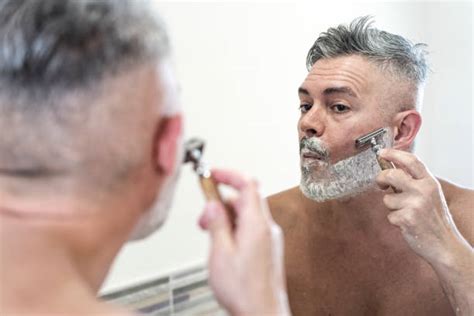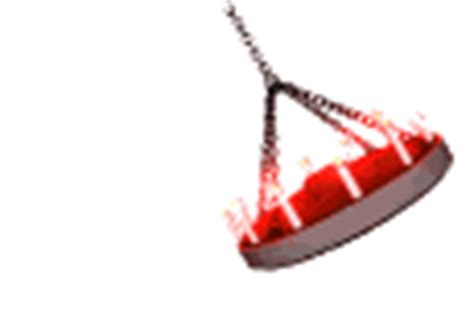Optimal shave: how to prevent ingrowns & razor burn for a smooth, confident look?
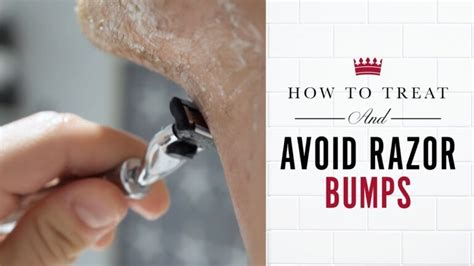
Achieving the Perfect Shave: Banish Ingrown Hairs and Razor Burn
For many, shaving is a daily ritual, yet it often comes with unwelcome guests: painful ingrown hairs and irritating razor burn. These common culprits can detract from an otherwise confident appearance and cause significant discomfort. The good news is that achieving a consistently smooth, irritation-free shave isn’t a pipe dream; it’s a matter of understanding and implementing the right techniques and products. This guide will walk you through the essential steps to transform your shaving routine and unlock that flawlessly smooth finish you desire.
Pre-Shave Preparation: The Foundation of a Flawless Face
A great shave starts long before the razor touches your skin. Proper preparation is crucial for softening hair, opening pores, and creating an optimal surface for your blade.
- Exfoliate Gently: Before shaving, use a mild facial scrub or an exfoliating brush to remove dead skin cells. This helps to lift hairs and prevent them from getting trapped under the skin, a primary cause of ingrowns.
- Warm Up Your Skin: Shave after a warm shower or by applying a warm, damp towel to your face for a few minutes. Heat and steam soften hair follicles, making them easier to cut and reducing drag on your razor.
- Apply Quality Shaving Cream or Gel: Never dry shave. A rich, moisturizing shave cream or gel creates a protective barrier, lubricates the skin, and further softens the hairs. Look for products with soothing ingredients like aloe vera or glycerin. Lather generously and allow it to sit on your skin for a minute or two before shaving.

Mastering the Shave Technique: Precision for Smooth Results
Your razor technique is paramount in preventing irritation and achieving a close, comfortable shave.
- Use a Sharp Blade: This is non-negotiable. Dull blades tug at hair, leading to irritation, razor burn, and inefficient cutting. Change your blade every 5-7 shaves, or sooner if you feel any tugging.
- Shave With the Grain (Mostly): For sensitive skin or to prevent ingrowns, always shave in the direction your hair grows (with the grain). For a closer shave, you can re-lather and go across the grain, but avoid going against the grain, especially on the first pass, as this significantly increases the risk of irritation.
- Apply Light, Consistent Pressure: Let the razor do the work. Pressing too hard is a common cause of razor burn and nicks. Hold the razor lightly and glide it over your skin.
- Rinse Your Blade Frequently: Clogged blades are ineffective. Rinse your razor under warm water after every few strokes to clear away hair and shaving cream.
- Stretch Your Skin: Gently stretching the skin taut in the area you’re shaving can help the blade glide more smoothly and cut hairs more efficiently.

Post-Shave Care: Soothe, Hydrate, and Protect
What you do immediately after shaving is just as important as the shave itself.
- Rinse with Cool Water: After shaving, rinse your face thoroughly with cool water to remove any remaining cream or hair. Cool water helps to close pores and soothe the skin.
- Pat Dry, Don’t Rub: Gently pat your face dry with a clean, soft towel. Rubbing can irritate freshly shaved skin.
- Apply a Soothing Aftershave Balm: Opt for an alcohol-free aftershave balm or moisturizer. Alcohol-based aftershaves can dry out and irritate the skin. Balms with ingredients like aloe vera, witch hazel, or chamomile will hydrate, reduce redness, and calm any post-shave sensitivity.
- Moisturize Regularly: Keep your skin hydrated daily, not just after shaving. Well-moisturized skin is more resilient and less prone to irritation.
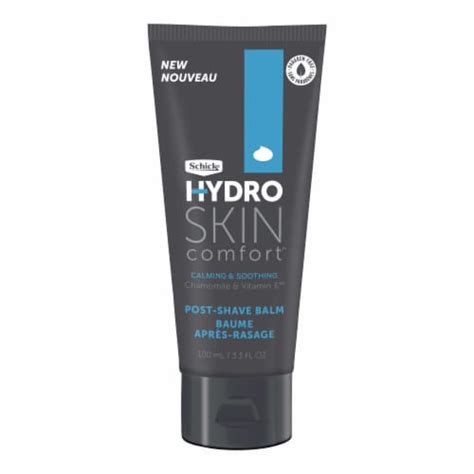
Targeting Ingrown Hairs: Prevention and Treatment
Ingrown hairs occur when a shaved hair curls back into the skin and continues to grow beneath the surface, causing redness, bumps, and often pain. Consistent preventative measures are your best defense.
- Regular Exfoliation: Continue to exfoliate regularly (2-3 times a week) to prevent dead skin cells from blocking hair follicles.
- Growth Direction: Always shave with the grain to minimize the risk of the hair curling back into the skin.
- Loose Clothing: If you shave areas like the neck or body, wear loose-fitting clothing immediately after to prevent friction that can push hairs back into the skin.
- Targeted Treatments: For stubborn ingrowns, consider products containing salicylic acid or glycolic acid, which help to gently unblock pores and release trapped hairs. Apply with a cotton pad to the affected area.

Combatting Razor Burn: A Calming Approach
Razor burn manifests as redness, stinging, and sometimes small red bumps, often caused by dry shaving, a dull blade, too much pressure, or shaving against the grain.
- Cool Compress: Immediately after noticing razor burn, apply a cool, damp cloth to the affected area for 5-10 minutes to reduce inflammation.
- Aloe Vera: Pure aloe vera gel is a natural anti-inflammatory and can provide immediate soothing relief.
- Hydrocortisone Cream (Short-term): For severe cases, a mild over-the-counter hydrocortisone cream can reduce redness and itching, but use sparingly and for short durations.
- Avoid Touching: Refrain from touching or picking at the irritated area, as this can worsen the condition and potentially lead to infection.
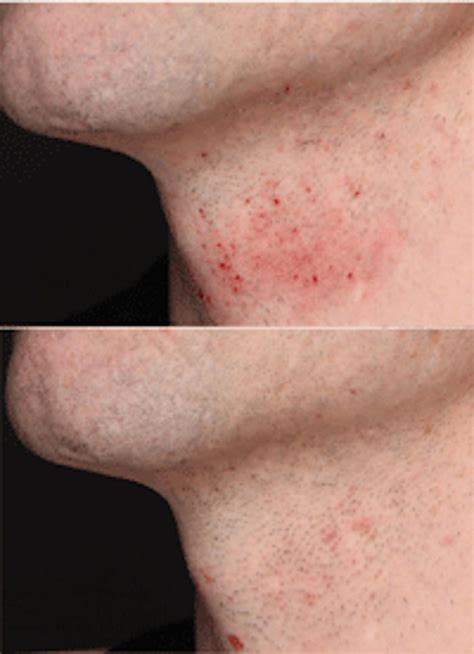
Embrace the Smooth: Your Path to a Confident Shave
Achieving an optimal shave that’s free from ingrown hairs and razor burn is an attainable goal. By integrating proper preparation, refined technique, and diligent post-shave care into your routine, you can transform your shaving experience from a chore into a ritual of self-care. Be patient, be consistent, and enjoy the confidence that comes with a perfectly smooth, irritation-free look.






